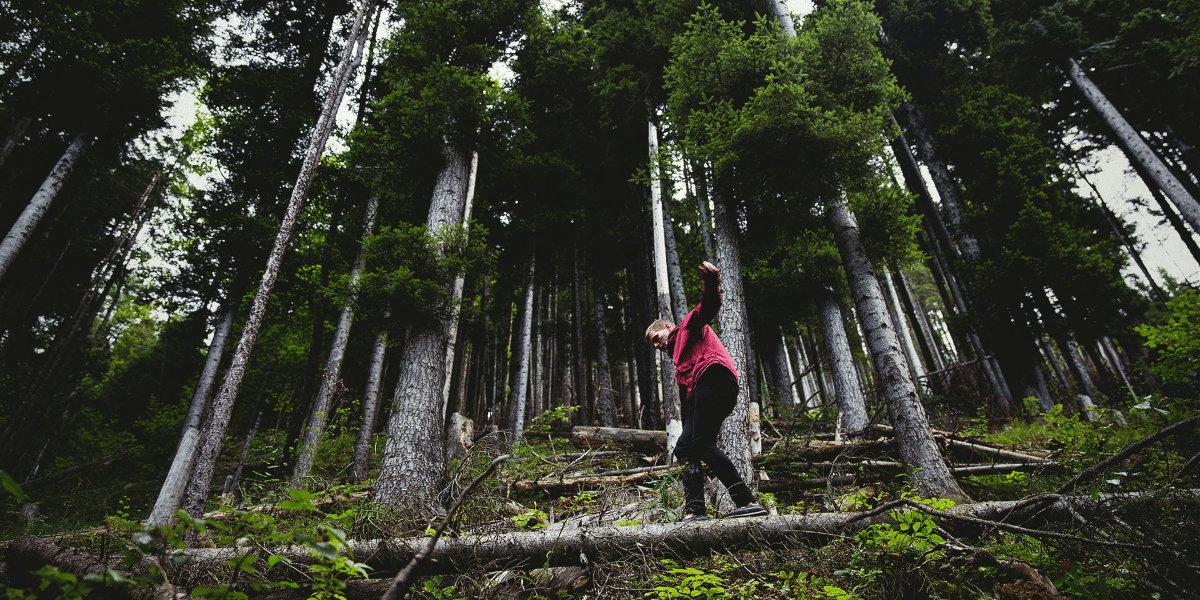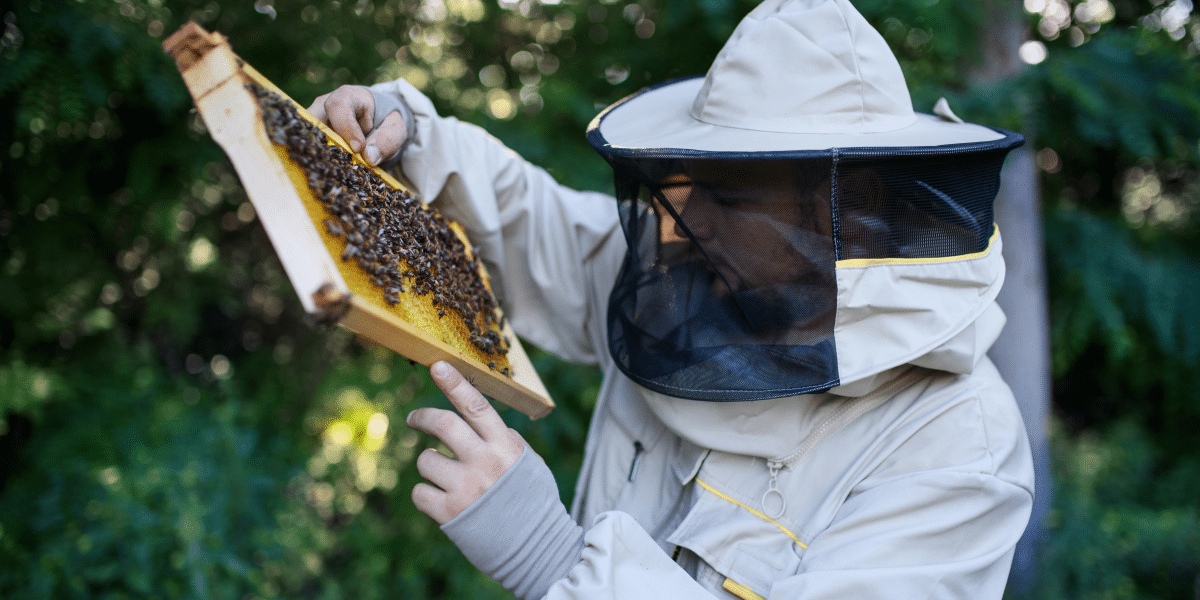Deep in the heart of Southeast Texas lies the Big Thicket National Preserve, a sprawling wonderland of diverse ecosystems where piney woods forests meet swampy havens. This unique landscape, aptly nicknamed the “Biological Crossroads of North America,” boasts a remarkable variety of plant and animal life, creating a tapestry of flora and fauna unlike any other in the continental United States.
The Big Thicket National Preserve encompasses over 113,000 acres, safeguarding a mosaic of nine distinct ecological communities. Fragile pitcher plant bogs mingle with cypress swamps, longleaf pine forests stand tall beside hardwood bottomlands, and rolling prairies burst with wildflowers. This remarkable diversity fosters a flourishing array of plant and animal species, making the Big Thicket a haven for biodiversity.
Over 1,300 species of trees, shrubs, and other vascular plants thrive within the Big Thicket National Preserve. Visitors can marvel at the towering longleaf pines, ancient cypress trees draped in Spanish moss, and the delicate beauty of carnivorous pitcher plants that lure and consume unsuspecting insects. Spring brings an explosion of wildflowers, transforming meadows into vibrant displays of color. The preserve is also home to a number of rare plant species, including the federally endangered Alabama Snow-wreath and the delicate Venus’ Flytrap.
A Refuge for Wildlife
The diverse ecosystems of the Big Thicket National Preserve provide a vital refuge for a rich tapestry of animal life. Over 400 species of birds call the Big Thicket home, including vibrant woodpeckers, soaring hawks, and elusive owls. Birdwatchers flock to the preserve in hopes of spotting elusive migrants such as the Kirtland’s Warbler or the Swainson’s Warbler. Among the mammals, bobcats and white-tailed deer roam the forests, while sly otters and playful river otters navigate the waterways. The preserve also boasts a healthy amphibian and reptile population, including fascinating alligator snapping turtles and colorful eastern diamondback rattlesnakes.
The Big Thicket’s unique environment has shaped human history for millennia. Indigenous tribes, including the Atakapa and Caddo, have called this land home for over 12,000 years, living in harmony with its diverse ecosystems. Early European explorers encountered the Big Thicket in the 17th century, and the challenging landscape played a role in the region’s settlement patterns. The dense forests provided a natural refuge for outlaws and those seeking a fresh start on the American frontier.
The relationship between humans and the Big Thicket has been one of both challenge and opportunity. The early settlers faced the formidable task of carving out a life in this unforgiving landscape. They adapted by developing unique farming practices and utilizing the natural resources provided by the Big Thicket. This legacy of resilience continues today, with local communities working to preserve the ecological integrity of the Big Thicket while fostering a sustainable relationship with this irreplaceable land.
Exploring the Big Thicket National Preserve
The Big Thicket National Preserve offers a multitude of opportunities for visitors to explore its wonders. Nearly 40 miles of hiking trails wind through the various ecosystems, allowing visitors to immerse themselves in the sights and sounds of the preserve. Paddling enthusiasts can navigate the waterways by canoe or kayak, while observation decks provide excellent opportunities for birdwatching and wildlife viewing. The preserve also offers educational programs and ranger-led hikes to deepen visitors’ understanding of this remarkable ecological crossroads.
The Big Thicket National Preserve faces a number of challenges, including habitat loss due to development, invasive species, and the ongoing threat of climate change. Conservation efforts focus on protecting endangered species, restoring native habitats, and educating the public about the importance of preserving this irreplaceable natural treasure.





